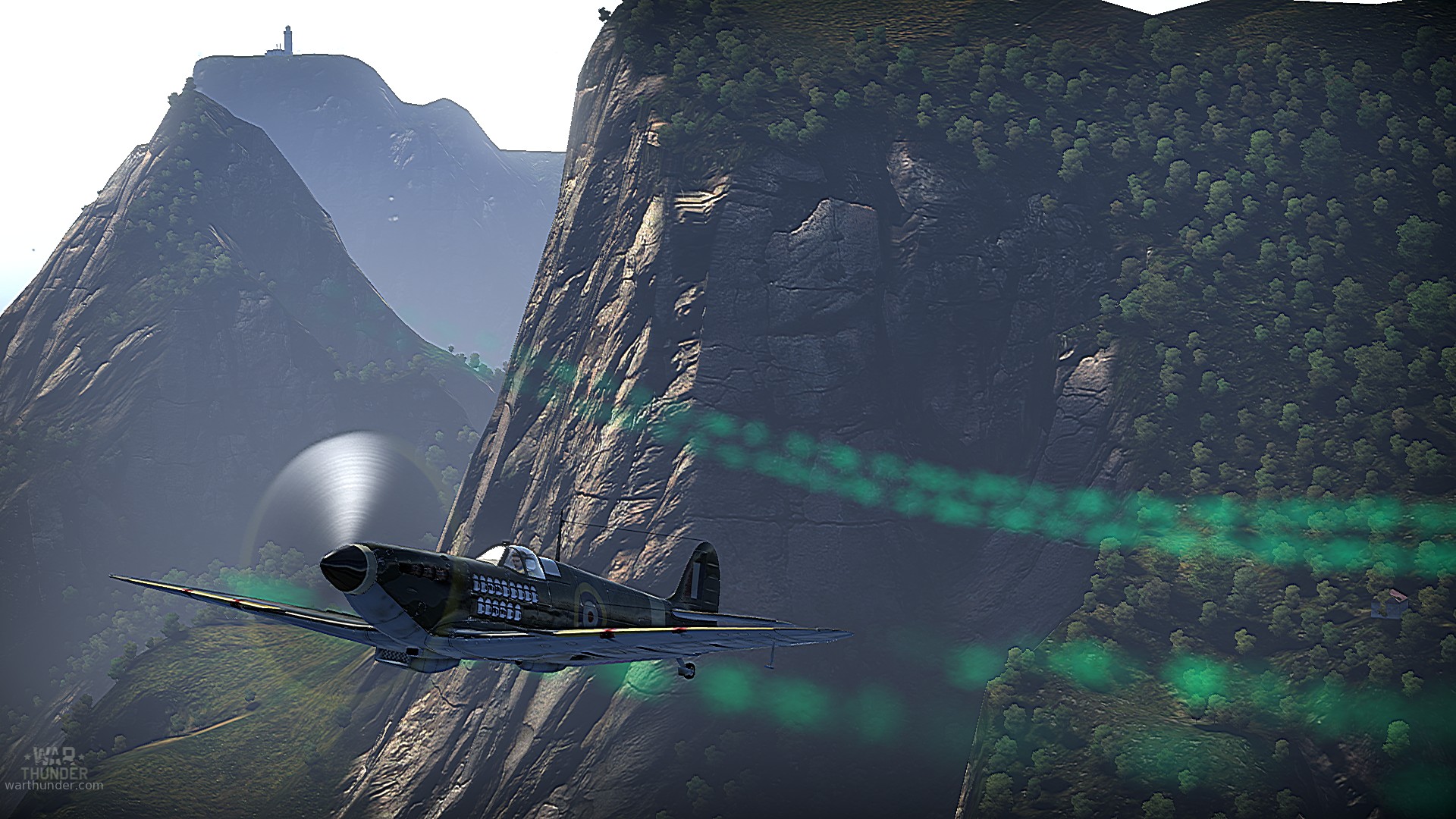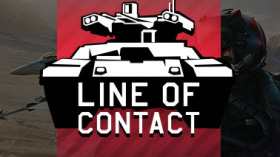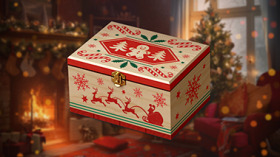
- For PC
- For MAC
- For Linux
- OS: Windows 10 (64 bit)
- Processor: Dual-Core 2.2 GHz
- Memory: 4GB
- Video Card: DirectX 11 level video card: AMD Radeon 77XX / NVIDIA GeForce GTX 660. The minimum supported resolution for the game is 720p.
- Network: Broadband Internet connection
- Hard Drive: 23.1 GB (Minimal client)
- OS: Windows 10/11 (64 bit)
- Processor: Intel Core i5 or Ryzen 5 3600 and better
- Memory: 16 GB and more
- Video Card: DirectX 11 level video card or higher and drivers: Nvidia GeForce 1060 and higher, Radeon RX 570 and higher
- Network: Broadband Internet connection
- Hard Drive: 75.9 GB (Full client)
- OS: Mac OS Big Sur 11.0 or newer
- Processor: Core i5, minimum 2.2GHz (Intel Xeon is not supported)
- Memory: 6 GB
- Video Card: Intel Iris Pro 5200 (Mac), or analog from AMD/Nvidia for Mac. Minimum supported resolution for the game is 720p with Metal support.
- Network: Broadband Internet connection
- Hard Drive: 22.1 GB (Minimal client)
- OS: Mac OS Big Sur 11.0 or newer
- Processor: Core i7 (Intel Xeon is not supported)
- Memory: 8 GB
- Video Card: Radeon Vega II or higher with Metal support.
- Network: Broadband Internet connection
- Hard Drive: 62.2 GB (Full client)
- OS: Most modern 64bit Linux distributions
- Processor: Dual-Core 2.4 GHz
- Memory: 4 GB
- Video Card: NVIDIA 660 with latest proprietary drivers (not older than 6 months) / similar AMD with latest proprietary drivers (not older than 6 months; the minimum supported resolution for the game is 720p) with Vulkan support.
- Network: Broadband Internet connection
- Hard Drive: 22.1 GB (Minimal client)
- OS: Ubuntu 20.04 64bit
- Processor: Intel Core i7
- Memory: 16 GB
- Video Card: NVIDIA 1060 with latest proprietary drivers (not older than 6 months) / similar AMD (Radeon RX 570) with latest proprietary drivers (not older than 6 months) with Vulkan support.
- Network: Broadband Internet connection
- Hard Drive: 62.2 GB (Full client)
Today we would like to introduce a new event - Realistic Battles mode 4x4 duels on the Cliffed coast map, a map inspired by the Irish landscapes, have fun!
The event will be avalable from March 17th 15:00 GMT until March 19th 15:00 GMT
Saint Patrick is the patron saint of Ireland and has held that position since the 7th Century.
His real name was Maewyn Succat and he was born in Roman Britain in 387 AD Near Banna Venta Berniae (Banwell in Somerset).
He was captured by Irish Pirates at the age of 16 and was taken to Ireland as a slave and worked as a shepherd there for 6 years.
‘Why is the Shamrock the National Flower of Ireland?’ The reason is that St. Patrick used it to explain the Holy Trinity to the pagans. Saint Patrick is believed to have been born in the late fourth century, and is often confused with Palladius, a bishop who was sent by Pope Celestine in 431 to be the first bishop to the Irish believers in Christianity.
Saint Patrick is most known for driving the snakes from Ireland, however. snakes, and indeed all reptiles, were wiped out by the last glaciation - Ireland was completely covered and they didn't reappear after the ice sheets retreated. Only the common lizard has made it back and probably it was introduced. This huge glaciation event is what actually created the valley shapes seen in the Clifted Coast map.
There are several accounts of Saint Patrick’s death. One says that Patrick died at Saul, Downpatrick, Ireland, on March 17, 460 A.D. His jawbone was preserved in a silver shrine and was often requested in times of childbirth, epileptic fits, and as a preservative against the “evil eye.”
Another account says that St. Patrick ended his days at Glastonbury, England and was buried there. The Chapel of St. Patrick still exists as part of Glastonbury Abbey. Today, many Catholic places of worship all around the world are named after St. Patrick, including cathedrals in New York and Dublin city.
Go bhféacha tú beannachtaí Lá Fhéile Phádraig.
May the Irish hills caress you;
may her lakes and rivers bless you;
may the luck of the Irish enfold you;
may the blessings of Saint Patrick, behold you.
Go muirní cnoic na hÉireann thú.
Go mbeannaí a lochanna agus a haibhneacha thú.
Go dtimpeallaí an ádh Eireannach thú.





